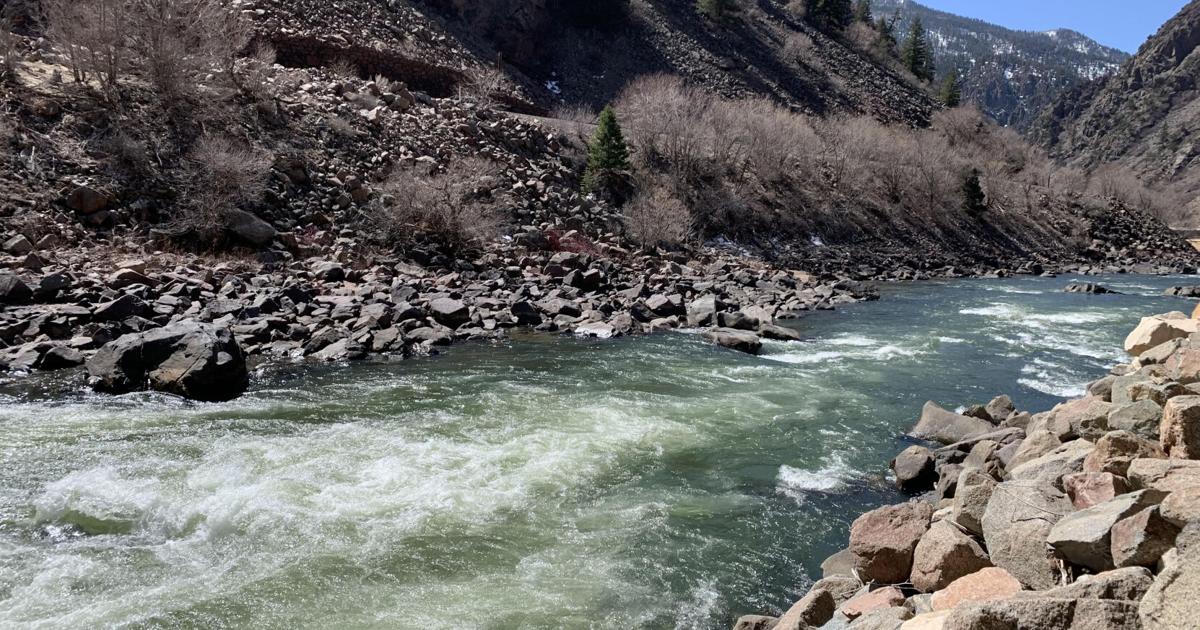Court case could affect thousands of Western Slope water users - Aspen Daily News

An ongoing water case in Colorado's Division Five water court in Glenwood Springs could impact a vital source of water for users across the Western Slope.
The case developed from a dispute between the Snake River Water District in Summit County and the state's Division 5 Engineers regarding administration of Green Mountain Reservoir's Historic User Pool.
The case could affect thousands of water users in Colorado's portion of the Colorado River Basin, including many in the Roaring Fork Valley, who rely on releases from Green Mountain Reservoir.
Snake River and the Division 5 Engineers of the Colorado Division of Water Resources disagree on whether Snake River can benefit from water in Green Mountain's Historic User Pool. Snake River relies on water from the HUP to replace the water it removes from the Snake River system with several wells.
The HUP was created to compensate Western Slope users for water transferred out of the Colorado River Basin to the Front Range. While the HUP itself was only created in 1983, Western Slope water users have been relying on water from Green Mountain since the 1950s. The HUP, along with other allotments of water in the reservoir, were legally designated in order to ensure that Green Mountain would continue as a critical resource for the Western Slope.
Snake River is one of thousands of Western Slope water users who rely on the HUP to replace water diverted from the Colorado River and its tributaries.
The Division 5 Engineers challenge Snake River's ability to benefit from the HUP because Snake River also receives replacement water through an augmentation plan. Augmentation plans are court-approved plans that also replace water diverted by users, but they are not necessarily linked to Green Mountain, and using them is not free. Because Snake River can already replace its diversions during a call with augmentation water, the engineers say it cannot benefit from HUP coverage.
Snake River sued the engineers in Colorado's Division 5 water court in hopes of retaining its HUP benefits. If it loses its HUP coverage, Snake River claims it could cost $800,000 to rely exclusively on its augmentation plan. Snake River argues that coverage from an augmentation plan does not legally disqualify a water user from also being covered by the HUP.
Colorado water law gives priority to water users with the oldest water rights. In low water years, users with newer rights may have to curtail their water use so that users with older rights can take their full share. This occurs in what is known as a call, in which users with senior water rights call for the state to curtail junior users' water use.
During a call, junior users can rely on the HUP water to replace what they take out of the river so that they can continue their use. This is so long as the users are diverting water for irrigation or domestic purposes and their uses predate Oct. 15, 1977. Users pay nothing for HUP coverage.
If the court rules against Snake River, any Western Slope water users with diversion structures covered by both an augmentation plan and HUP benefits could be in the same situation, including many users in the Roaring Fork Valley.
In addition, the Colorado River Water Conservation District argues that the case could also affect the legal legitimacy of all Green Mountain water released to compensate Western Slope users. While sympathetic to Snake River's particular position, the river district says it is more generally concerned about the engineers' statements about the Green Mountain Exchange Decree. The Green Mountain Exchange Decree, issued in 1982, is a foundational document in securing Green Mountain water for Western Slope users. This water includes theHUP, as well as other allotments for industry and snow making and contract water for users with rights dated after October 15, 1977.
In its quarterly general and enterprise meeting report, Peter Fleming, the river district's general counsel, argued that the engineers called the decree "vague and uncertain" and that they questioned whether the federal court had jurisdiction to adjudicate the decree in the first place. If the legal legitimacy of the decree is weakened, it could pose a significant threat to water users across the Western Slope.
In an interview, Fleming said that "it's hard to overstate" how fundamental Green Mountain water is for Western Slope water users. Victor Lee, a civil engineer in the U.S. Bureau of Reclamation — the federal agency responsible for operating Green Mountain — said that thousands of Western Slope users rely on releases from Green Mountain to replace what they take from the river system. These include many in the Roaring Fork Valley.
Fleming says that while the state has assured that it will continue to administer Green Mountain as it has historically, it has not clarified the engineers' "equivocal" positions on the Green Mountain Exchange Decree.
The case is still in its beginning stages, with a case management conference scheduled for Friday. The engineers are currently requesting that the court dismiss the case, arguing that Snake River was late in filing its complaint and that it falls outside the court's jurisdiction. It remains to be seen whether the case will go to trial.
The Division 5 Engineers declined to comment, and Snake River's legal representation, Porzak Law LLC, did not reply to a request for comment.


Comments
Post a Comment